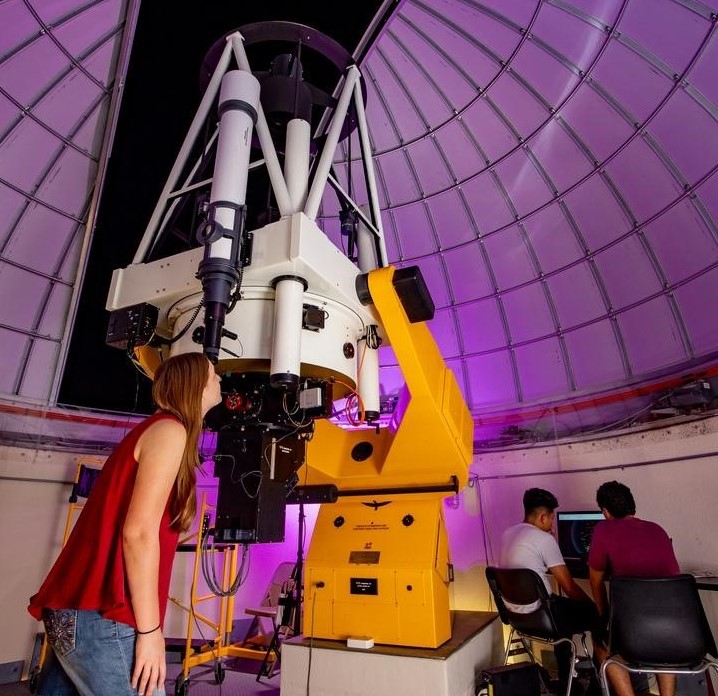Document Type
Article
Publication Title
The Astrophysical Journal
Abstract
Breaks in the radial luminosity profiles of galaxies have until now been mostly studied averaged over disks. Here, we study separately breaks in thin and thick disks in 70 edge-on galaxies using imaging from the Spitzer Survey of Stellar Structure in Galaxies. We built luminosity profiles of the thin and thick disks parallel to midplanes and we found that thin disks often truncate (77%). Thick disks truncate less often (31%), but when they do, their break radius is comparable with that in the thin disk. This suggests either two different truncation mechanisms—one of dynamical origin affecting both disks simultaneously and another one only affecting the thin disk—or a single mechanism that creates a truncation in one disk or in both depending on some galaxy property. Thin disks apparently antitruncate in around 40% of galaxies. However, in many cases, these antitruncations are an artifact caused by the superposition of a thin disk and a thick disk, with the latter having a longer scale length. We estimate the real thin disk antitruncation fraction to be less than 15%. We found that the ratio of the thick and thin stellar disk mass is roughly constant (0.2 < MT /Mt < 0.7) for circular velocities vc > 120 km s−1, but becomes much larger at smaller velocities. We hypothesize that this is due to a combination of a high efficiency of supernova feedback and a slower dynamical evolution in lower-mass galaxies causing stellar thin disks to be younger and less massive than in higher-mass galaxies.
DOI
10.1088/0004-637X/759/2/98
Publication Date
11-10-2012
Recommended Citation
Comerón, Sébastien and Mizusawa, Trisha, "Breaks In Thin And Thick Disks Of Edge-On Galaxies Imaged In The Spitzer Survey of Stellar Structure in Galaxies (S4G)" (2012). Aerospace, Physics, and Space Science Faculty Publications. 238.
https://repository.fit.edu/apss_faculty/238


